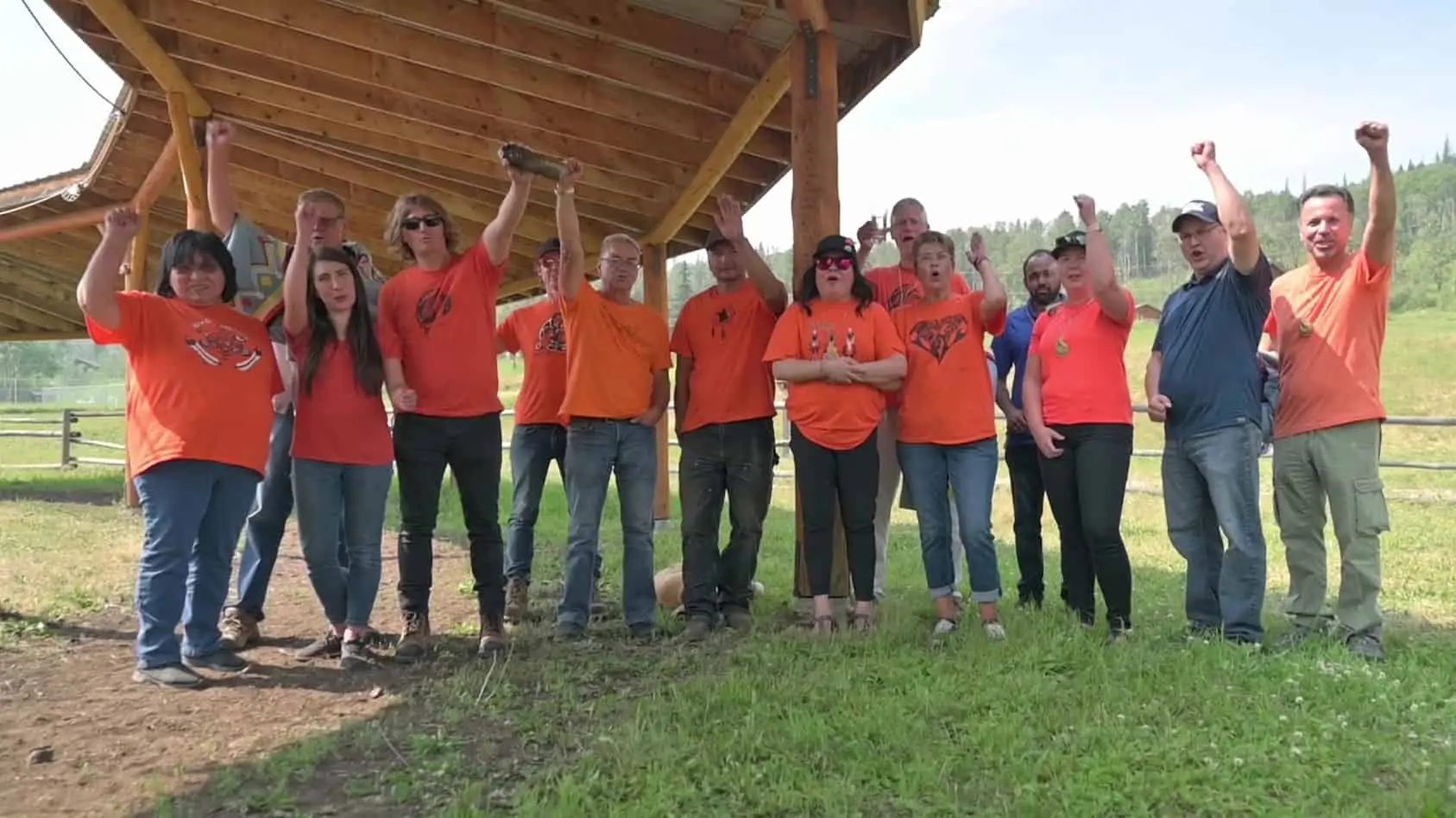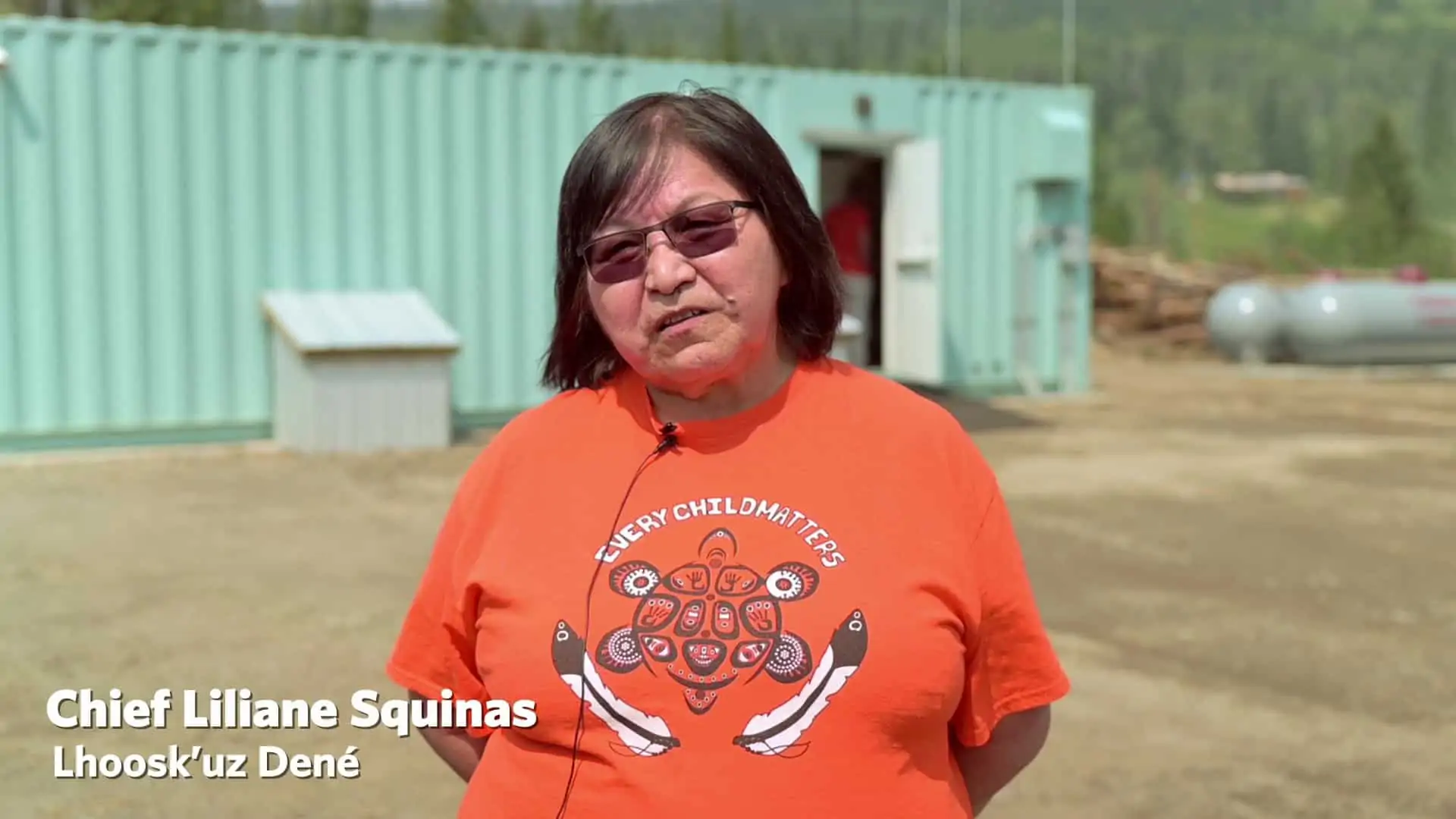University of British Columbia utilizes video to communicate the real world impact of their groundbreaking water filtration technology.

Versatility Through Video
By Logan Foth, Aspen Films
Video has the unique ability to connect on an emotional level that no other digital medium can. This was a key factor when the University of British Columbia’s Applied Science Department wanted to highlight the technological and logistical challenges to develop a groundbreaking water treatment process for the remote Lhoosk’uz Dene Community. By getting multiple interviews, breathtaking scenic shots of Northern B.C. and footage of the water treatment innovation, video provided the opportunity to communicate a wide variety of content in a short and engaging format.
The challenges began with the engineers in the Applied Science department needing to outfit a sea can with a full scale water filtration system to service the entire community. Producing high quality video content in remote areas of Northern B.C. on a tight timeline required its own unique set problem solving skills.
One way to connect with your audience is through an interview/b-roll format video. This provides the emotional connection to those involved on the project, while giving the flexibility to overlay b-roll content to keep the viewer engaged.
By choosing this format, UBC was able to capture multiple testimonials from residents in the Lhoosk’uz Dene community as well as key staff involved in the development of this technology.
Another benefit of the video medium is the diverse range of distribution available. Within 24 hours of the shoot day, raw footage was provided to Global TV for immediate television distribution. In addition, from one day of filming, a 2 minute story video edit was done along with multiple short edits. This allowed UBC to deliver fresh content through social media, website and other platforms to keep their audience engaged.
The versatility continued when drone footage that was captured during this filming project was used in another way. One specific shot captured the devastation of forest fires in the area. UBC was able to leverage a short edit and still shots of this to achieve other goals at no additional cost.
When planning to produce a video in a remote northern B.C. community, logistics become a key component to the project. One of the main challenges involved a moving target for the expected delivery date of the sea can. The date was finalized less than a week in advance, after which travel arrangements, gear prep and key shot list was determined.
Once on site, the challenges of outdoor interviews came into play. This involved lighting composition, audio challenges and a large volume of key employees and community members that needed to be interviewed.
The versatility of video can achieve multiple goals in a highly cost effective way. From the lasting, emotional connection, a greater volume of content that can be included and multiple edits from a single filming day, this medium can be a powerful tool.



